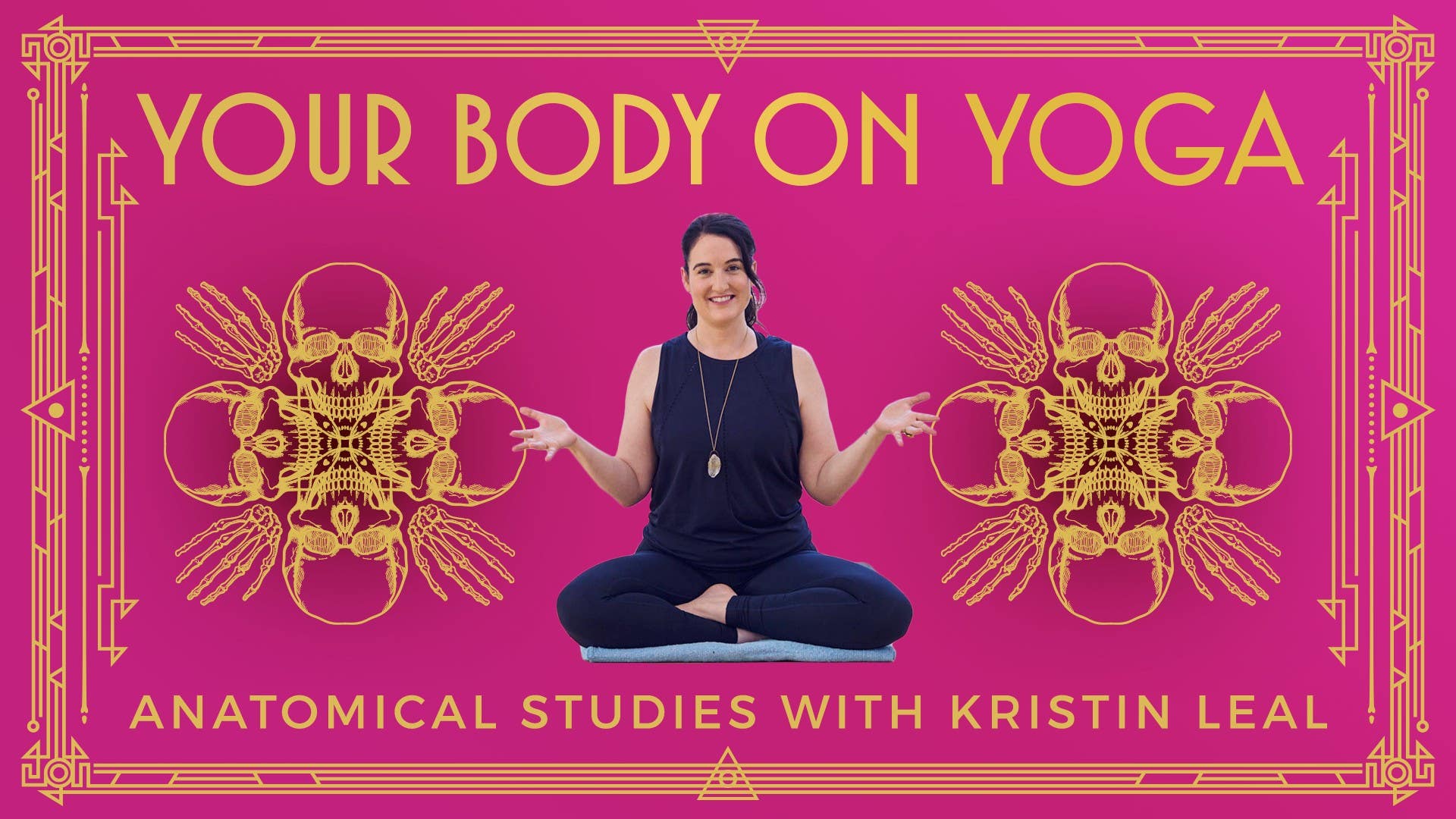Description
Please see attached .pdf below to go along with this lesson.
About This Video
Transcript
Read Full Transcript
Place your hand over your heart. Just for a second. Can you feel its insistent drum beat? This what I call the visceral participation with where you are. This magical four-chambered mansion of your own heart. We often make a lot of assumptions about the heart. It's in a lot of poetry. We even give each other heart-shaped cookies or chocolates. The heart, if you're talked to an anatomist, is kind of like a sump pump, which I never quite understood. But if you talk to anyone else, the heart is where we feel. If I say, I have feelings for you. We don't go, I have feelings for you. Point to our knee. We go, I have feelings. Even when we say, I think. We don't go, I think. Point to here in the center of our chest. I live here. I feel here. At this level of heart and the heart itself, sometimes we might think, well the two don't go together. This idea of sump pump or where I live don't seem to be very congruent. But if you go back deep behind the breastbone, smack dab in the middle, there's a special part of the heart muscle itself called the SA node. This is what literally sets the charge of the heart, this electrical charge. That sends the pulse through the veins, through the entire body. So we could say poetically, this is the first place we feel. And that message then is sent out globally through the circulatory system. The heart itself, this four-chambered mansion of the heart, has two upper-level rooms and two lower-level rooms. The two upper-level rooms are called the atrium, named after these Roman formal halls. It's quite majestic. The two lower levels are called the ventricles, which is actually coming from the Latin meaning womb, which is quite beautiful. And the heart sits, it's only about, it's less than a pound, and it's the commander of 60,000 miles of circulatory system. It's quite mighty, beating several billion times perhaps in a lifetime. It sits slightly askew to the left, kind of snuggled inside of the left, kind of leaning against the left lung, which is why the left lung only has two lobes, and the right lung has three lobes, a little notch carved out for your heart. And half the heart's job is to just bring the blood into the lungs for this clean-out process, to pick up oxygen, to let go of some carbon dioxide. And then the other half of the heart, its job is to then move that oxygen-rich blood globally through the body. This really kind of is poetically resonant to this idea of the heart center or the Hrid Center, which is in yoga language. The yoga language is quite special in the Sanskrit word Hrid. It actually means to give and to receive, and this is what the heart does. It gives oxygen-rich blood, it receives the blood back to move again through this clean-out process. In our adult bodies, the arteries are carrying this oxygen-rich blood to the cells that are desirous of it, and the arteries have these kind of smooth, muscly walls that are quite strong and have a pulse and push the blood globally throughout. The arteries get smaller and smaller and smaller and smaller as they go, and it turns eventually back into the venous system, the veins through this kind of capillary bed. The veins then return the oxygen-depleted blood back into the heart and then the lungs for the clean-out process to continue. The veins are slightly different than the arteries. The veins don't have those smooth, muscly walls. They're actually quite elastic. The veins alone can hold the entire five to six liters of blood that are in your body themselves. They're almost like your Thanksgiving Day stretchy pants. They can just expand and expand and expand and expand. And then to help the blood, especially from the lower extremities, move back up to the heart, they have these little, I always think of them as dumb waders, where they're little valves that kind of help the blood move up and not drip back down. Now in our yoga practice, we are very fond of turning upside down and messing with gravity's pull on our body. That's all well and good, but our body, especially our brain, is not really well-suited to receive that much blood. Your blood pressure, which is how strong your arteries are working, which is a marker of how strong the heart is, and then how much they can relax and be easy, which is also a sign of the health of the heart. The blood pressure is always going to be greater the closer you are to earth. So if I were standing and I took my blood pressure at my ankle, it would be greater than if you took it at the level of my heart or if somehow you could take it at the level of my head. So when we turn upside down, all of a sudden our head is getting all of this blood moving, pumping. Now your veins are not well suited to push the blood back to the heart against gravity, and they're quite stretchy, which could be very troubling for the squishy brain tissue. They can't handle it, right? So luckily you have a thermostat of sorts in your neck and your carotid sinuses, and the thermostat kind of monitors how much blood is getting to your brain. So when it senses, whoa, too much, a lot of blood coming up here, it goes lungs, heart, slow down, and it sends a message to the heart and lungs that they will slow down, and it'll start to lower your resting blood pressure. Now this can be something that is sustained for the short term or with a habit of inversions, doing them a little bit more regularly. This could have an overall lowering of your blood pressure long term. Now this is in a healthy individual.
So if you have unregulated high blood pressure or low blood pressure, if you have glaucoma, recent dental surgery, detached retina, and as I learned from one of my friends recently, recent Botox, turning upside down and all of this blood running to the brain with that oomph is not helpful and it's contraindicated. So if you have some of those issues, turning upside down is not going to be your friend, a contraindicated in our asana practice. Now remember inversions are not just the fancy ones you see on Instagram, but downward dog is an inversion. A forehead bend can be an inversion. These are things we can look at to make sure that all of our yogis and our heart stays safe in this practice.
Your Body on Yoga: Anatomy of Breath & Heart
Comments
You need to be a subscriber to post a comment.
Please Log In or Create an Account to start your free trial.














